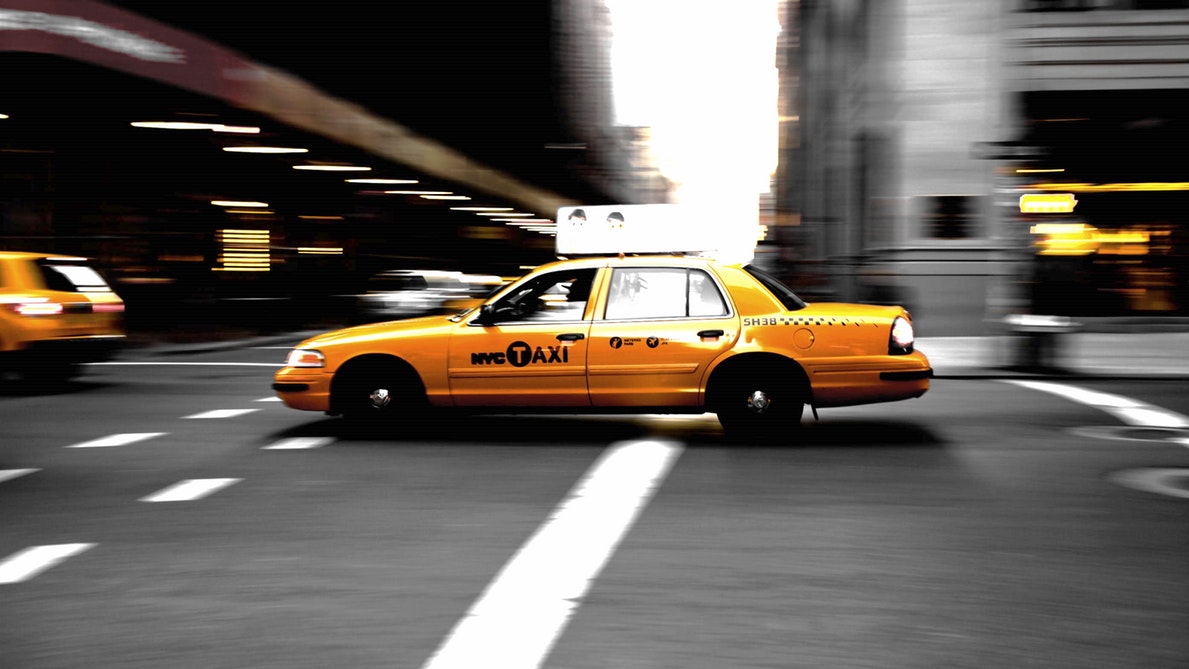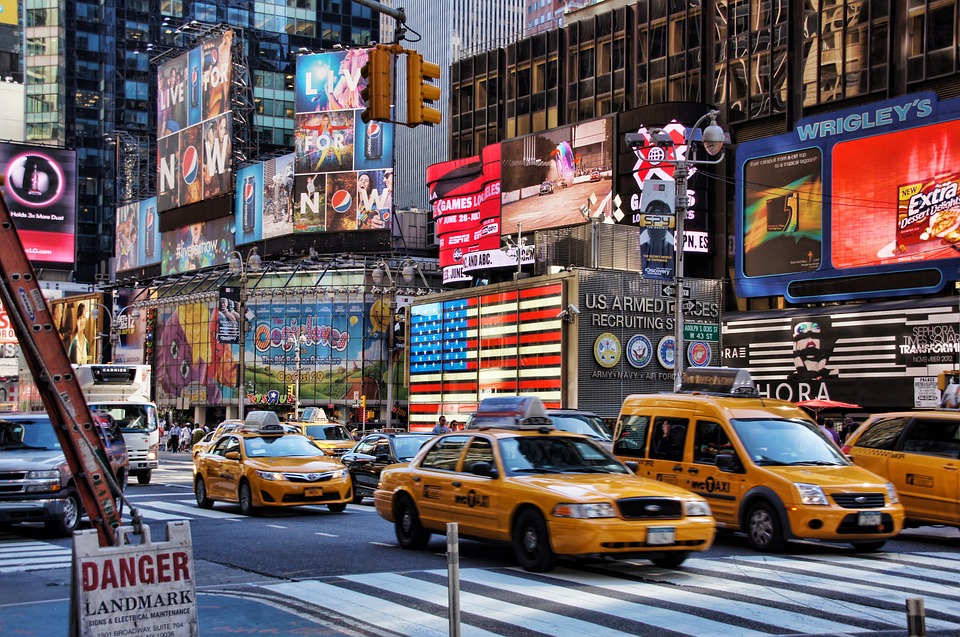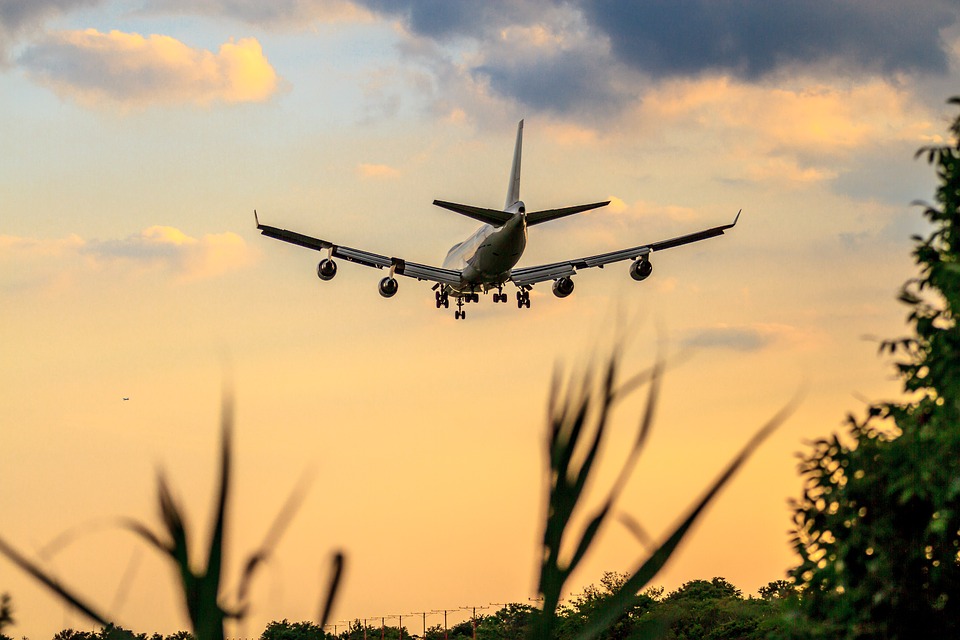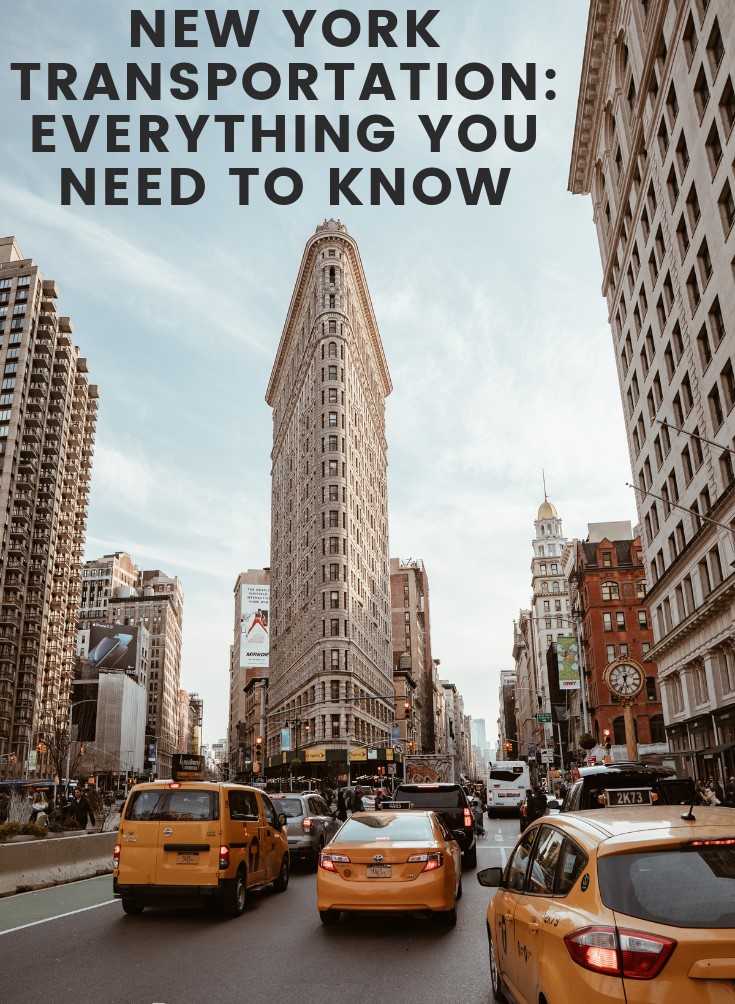Have a question?


Updated September 19, 2023
If you’re visiting New York, you’ve got quite a few transportation options. We’ll break down the pros and cons of each, along with their prices, dos and don’ts, and some extra info on getting to and from the airport.
As cities go, New York is very compact. Translation: nearly everyone uses public transit on a daily basis and those who don’t usually just walk. Here’s your transportation options:

The New York subway system averages close to 6 million riders per day. Why? It’s relatively cheap, it’s incredibly extensive, and it’s the most practical way to get from place to place outside walking distance (if you don’t feel like shelling out the big bucks for an Uber or a cab).
While New Yorkers groan to no end about delays (and it’s true, subway service has never been worse) the fact remains that it’s an absolute necessity if you’re living in or visiting New York. Here’s what you need to know:
Pro tip: Depending on where in New York you’re staying, you may need to take the subway 3–4 times a day or more. In that case, it might be worth it to get a 7-day unlimited card instead of just topping your card up with cash as needed.
Once upon a time, New York—and Brooklyn in particular—had one of the best streetcar systems in the world. Sadly, it was demolished in the 1950s and replaced with a low-quality bus system thanks to lobbying by the oil industry (certain oil companies were actually charged with criminal conspiracy after the fact).
The upshot: the further you go from Manhattan, the more spread-out the subway lines become—and the more people need to rely on buses. Here’s what you need to know about them:
Although many people ride bicycles in New York, it's not know as a bike-friendly city. Many streets are covered in potholes (thanks to the large volume of traffic), bike lanes are often blocked by parked cars or delivery trucks, and the NYPD is notorious for ticketing bicyclists to meet quotas.
That said, if you’re willing to take the risk, New York does have a fantastic bike-share system: the Citibike. Just download the app, pay by the ride or by the day, and pick up a bike from any of the hundreds of stations around the city.

Ahh, the ubiquitous yellow cab! If you’ve never taken one, it’s worth it simply to say you did. Hail a cab by sticking your arm out and whistling (if you can). Cabs with their roof lights on are looking for riders; those with their roof lights off are already occupied. A couple of tips:
Although driving in New York City can be...an adventure...there are certain advantages to having your own vehicle.
This is especially true if you want to plan a weekend getaway from NYC. There's so much to explore upstate or to nearby cities like Philadelphia, Boston, or D.C.
If you're planning a New York adventure that includes a day trip or two, think about using a service like Bus.com. They connect travelers with vetted bus partners across North America, which makes it so easy to organize group travel! You can rent buses or vans from Bus.com and can choose whether or not you'd like to have a driver.

When it comes to getting to and from the airports that serve NYC (JFK, LaGuardia, and Newark-Liberty), you’ve got a few options.
The most reliable way to get to and from the airports in New York city is by booking a private transfer. It guarantees timely arrival, as the driver plans the pickup to align perfectly with your flight schedule, minimizing the risk of delays & tracking the flight if you are being picked up from the airport. Unlike public transportation or ride-sharing options, a private transfer provides a direct, non-stop route, making the journey more efficient and stress-free. You also benefit from enhanced comfort and privacy, with vehicles often accommodating your specific needs, including ample luggage space. Additionally, pricing is transparent, eliminating concerns about unexpected costs or surge pricing, allowing for a smoother and more predictable travel experience.

How should we contact you?
Call
Thank you! We'll get back to you as soon as possible!
Click to register and track your question!
If you would like to follow up with us:
+1 (855) 782-3006